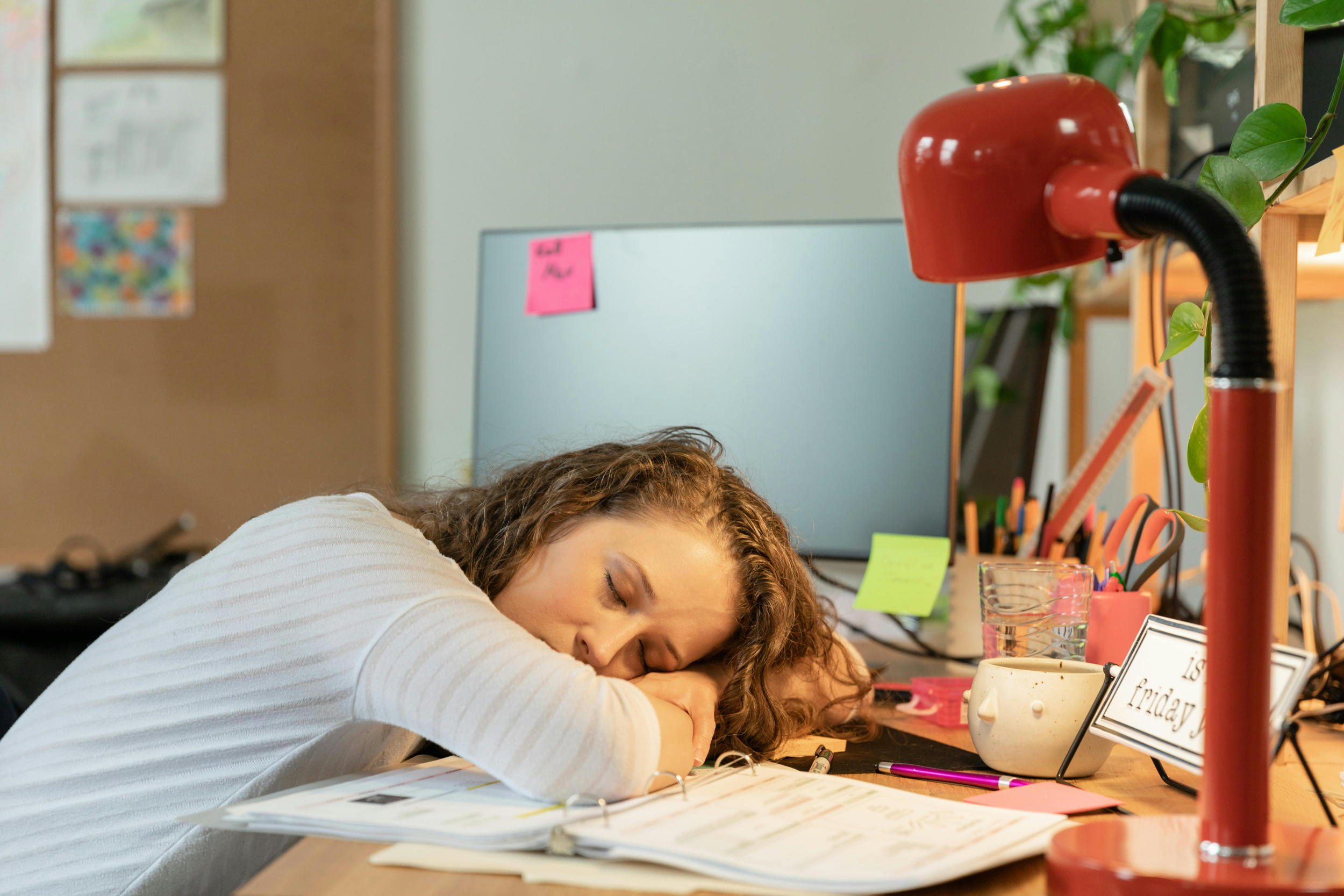A new report from the Office for National Statistics (ONS) reveals that remote workers get more sleep and work fewer hours compared to their office-based peers.
The findings show those working from home enjoy an extra 24 minutes of rest and 15 minutes more of physical activity daily, while their work hours drop by an average of 10 minutes.
A Mixed Bag Of Remote Work Trends
The study reveals a significant disparity between managerial and non-managerial staff regarding remote work adoption. Managers are twice as likely to work from home as their staff, with 45 percent of individuals in senior roles using a hybrid model compared to 27 percent of all workers.
The widespread adoption of full-time remote work, a prominent feature of the pandemic era, has diminished. Consequently, hybrid working models have emerged as the prevailing norm nationally. Notably, the era of full-time remote work is waning.
With major employers like Dell, Amazon, and Asda enforcing office returns, the number of full-time remote workers has drastically decreased from 37 percent in February 2021 to just 13 percent in October 2024.
Nevertheless, many of these employees have transitioned to a hybrid working model as an alternative to a full-time office-based arrangement. The ONS began tracking the figures in January 2021. The hybrid working model has experienced a threefold increase since January 2021, rising from 9 percent to 28 percent.
Are Hybrid Workers More Productive?
The productivity slump in the Civil Service has been attributed to the reluctance to return to the office. When he was minister for Brexit opportunities and government efficiency, Sir Jacob Rees-Mogg would leave warning notes on the desks of remote-working civil servants. “I am very concerned that public services are not being delivered properly because people aren’t at work,” he said in 2022.
The ONS has encountered internal resistance to its remote work policies. Hundreds of its employees voted in favour of all-out strike action earlier this year in response to directives mandating a minimum of 40 percent of their working time be spent in the office.
Sir Jacob said: “Clearly civil servants are now literally – and that is a correct use of the word literally, which is very rare – asleep on the job. It is no wonder that public sector productivity is so low.” He advocated for a government mandate requiring a five-day workweek for Civil Service employees to be conducted in the office.
“This is clear evidence that people don’t work properly at home. We’ve had people confessing that they’d take naps when they’re working from home, which we just don’t do in the office,” he said.
“It’s embarrassing to fall asleep in front of your colleagues, but it’s not embarrassing to fall asleep in the privacy of your own home.”
Lord Brady later advocated for “managers of the Civil Service to get a grip and do their jobs.” When chairing the 1922 Committee, he said: “It is simply unacceptable for so many of our public servants to continue sitting at home.”
Civil Servants Working Less, Sleeping More In Remote Roles
Their messaging stands in stark contrast to that of the Labour Party. According to a report by The Telegraph, Jonathan Reynolds, the Business Secretary, has emphasised the real economic benefits of flexible working arrangements. However, ministers reportedly adopt a more permissive approach to remote work for civil servants.
ONS analysis reveals that individuals capable of working from home experience increased opportunities for rest and well-being. However, younger workers are significantly less likely to benefit from these advantages. Only 19 percent of workers under 30 utilise hybrid working models, compared to 29 percent of those aged 30 and over.
This disparity arises because individuals in senior roles are significantly more likely to have the opportunity to work remotely. In contrast, younger workers are more likely to be employed in industries such as retail and hospitality, which offer limited opportunities for remote work.
Regardless of age, professional roles offer more hybrid work opportunities. Individuals with degrees were ten times more likely to work from home part-time than those without qualifications. While 42 percent of degree holders utilised hybrid working models, this figure was significantly lower at 4 percent for those without formal qualifications.
The IT sector exhibited the highest rate of hybrid working among all industries in the country, with approximately half of all workers (49 percent) working remotely for at least part of the week. The professional and scientific sectors followed closely, with 46 percent of workers adopting hybrid working models.







